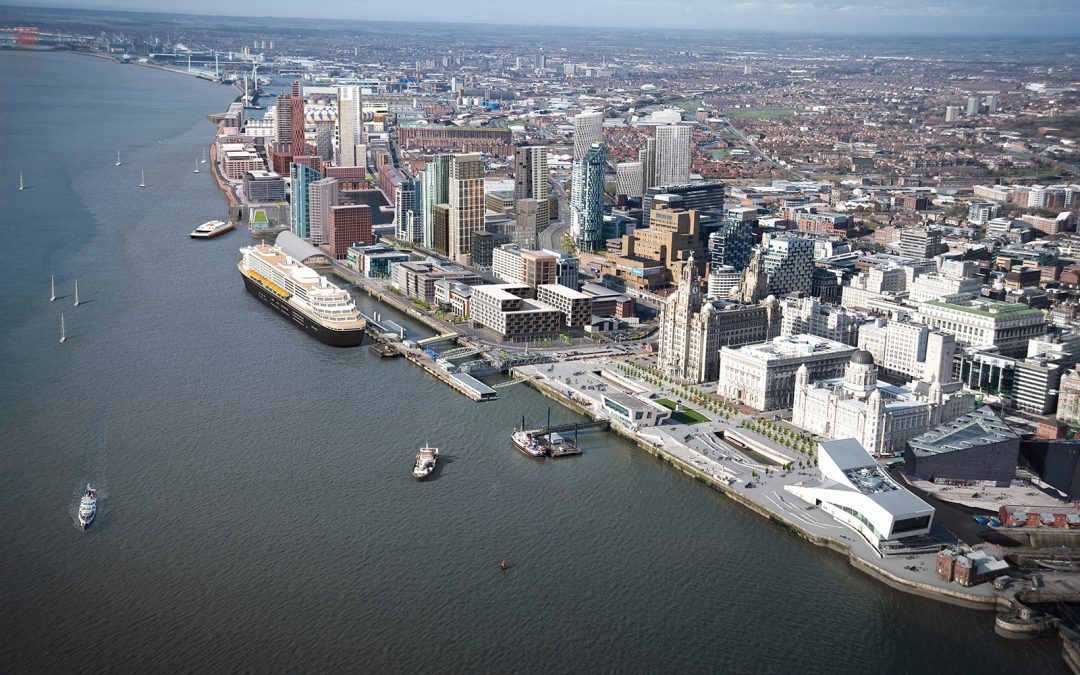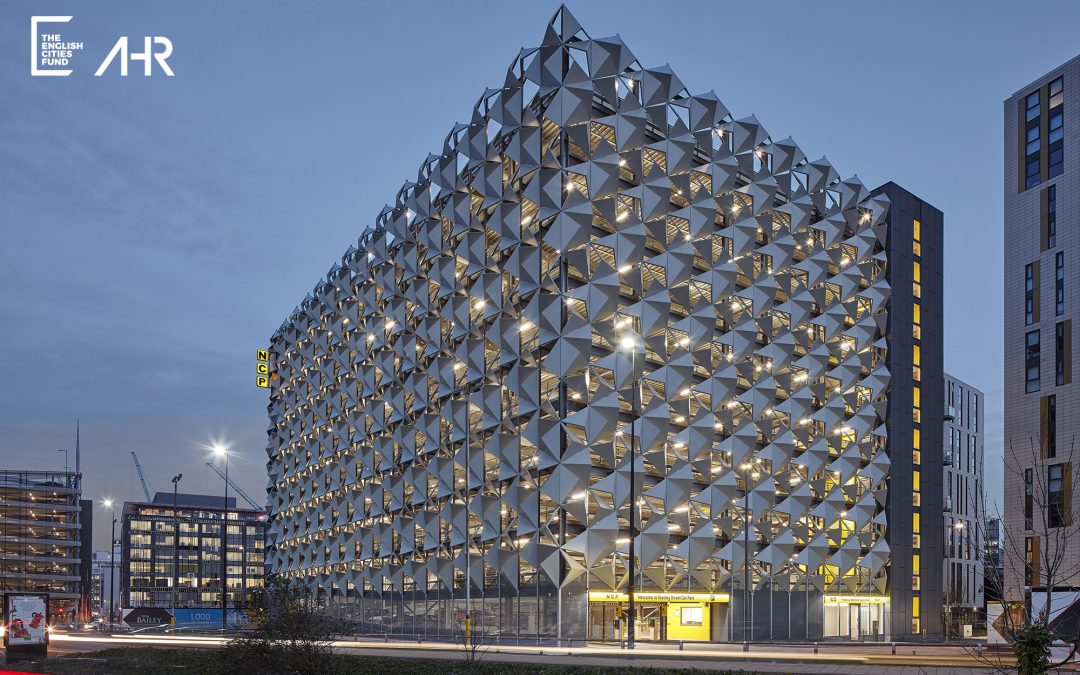
New Project – Liverpool Waters
Hannan Associates are very pleased to be part of the team delivering Peel Land and Property‘s Liverpool Waters Development.
Our team is currently providing strategic, procurement and cost advice for the infrastructure required to support and enable the whole of the development. Our work includes the identification of the utility requirements, appraisal of the fulfilment options and procurement.
This is a key role in the master planning team and involves liaison and negotiation with the local utility companies and commercial operators in the ever changing utilities market. We are also providing site wide advice on sustainability to assist with the development of a class leading location and assistance with planning submissions for individual plots.
Liverpool Waters involves the transformation of the city’s central and northern docks, regenerating a 60-hectare site to create a world-class, mixed use development on Liverpool’s waterfront. When complete the development will provide the city with much needed job opportunities and will strengthen the connection between the waterfront and the city centre.
Other members of the team include Project Manager & Quantity Surveyor Walker Sime and Masterplanners Planit IE .







Recent Comments